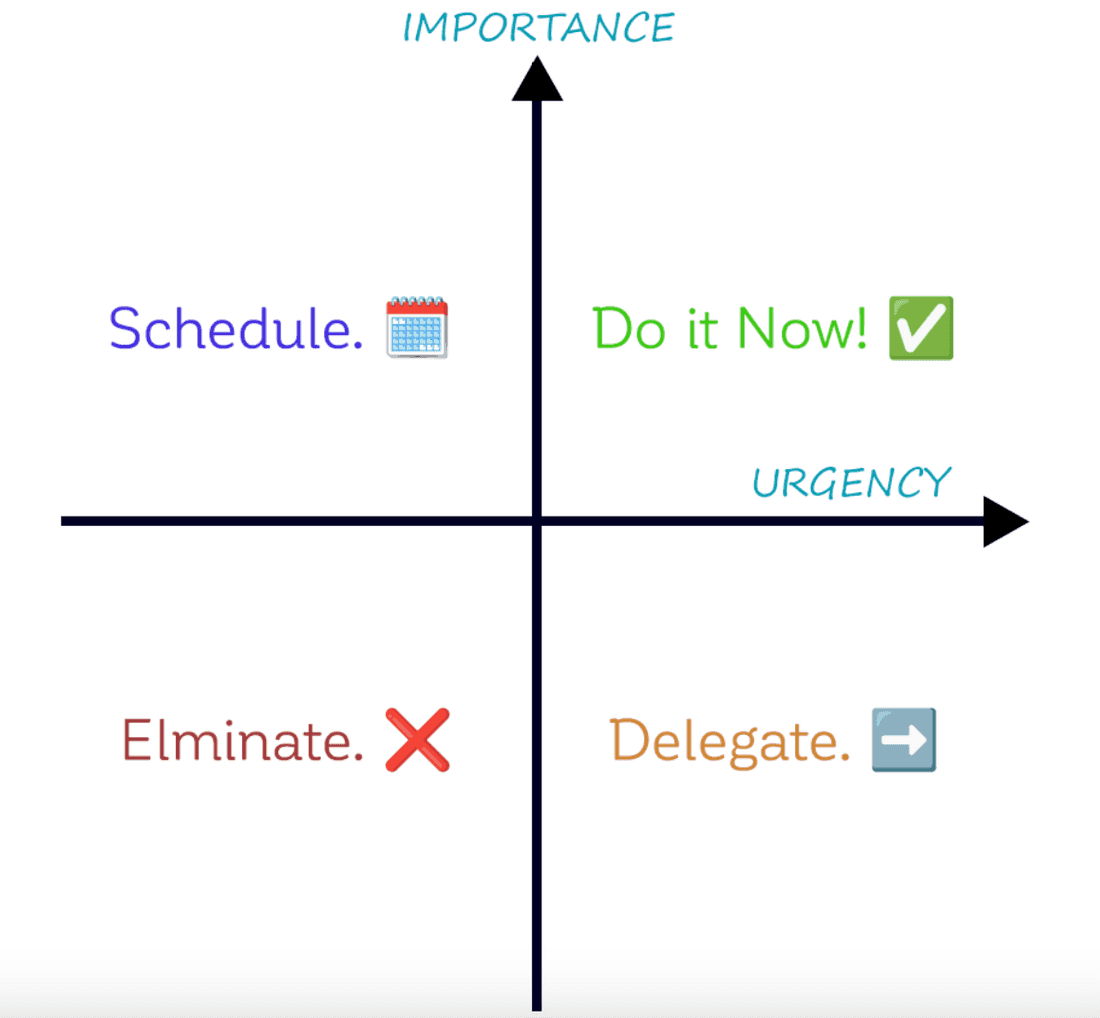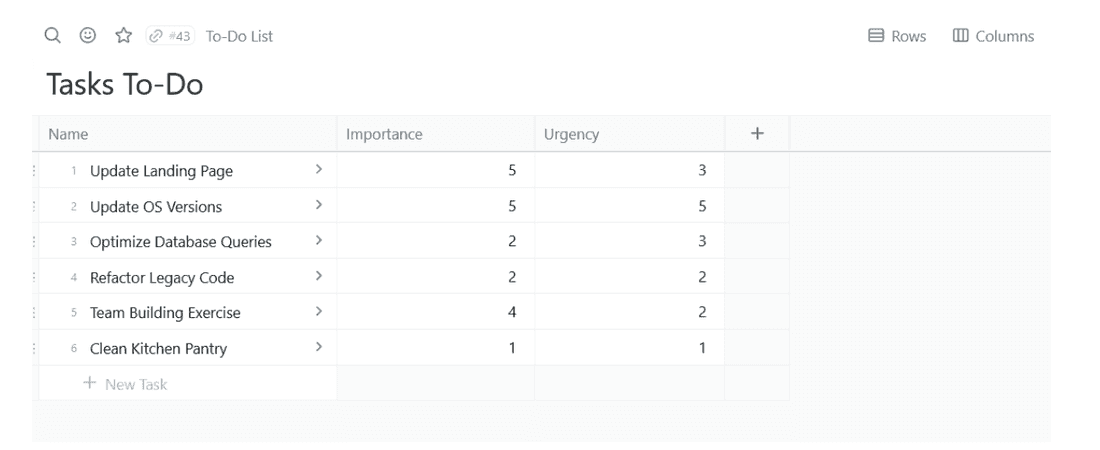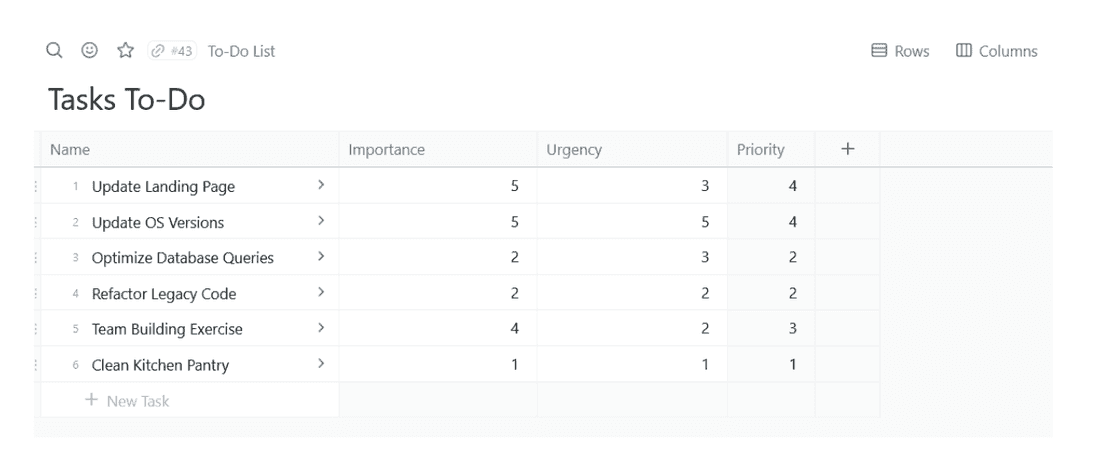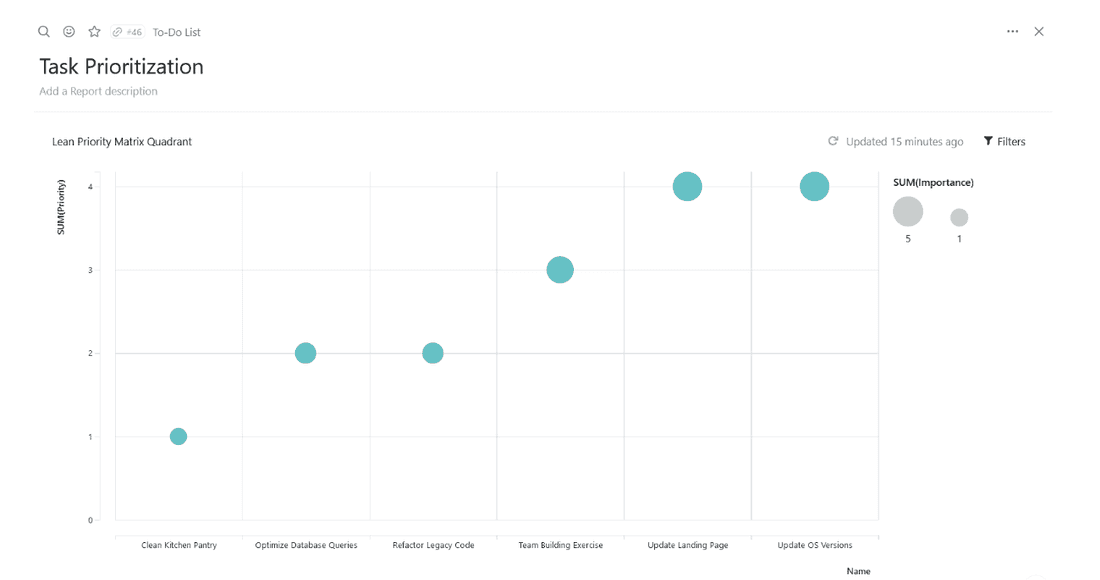The Lean Priority Matrix in Product Management
Navigating the maze of prioritization techniques can be a daunting task for even the most seasoned product manager. It’s a bit ironic, isn’t it, having to prioritize your prioritization methods?
Amidst the clutter of matrices, Kanban boards, and to-do lists, there’s a need for something genuinely lean – and that’s exactly where the Lean Priority Matrix comes into play.
This method is the epitome of lean efficiency, tailor-made for the Agile environment.
In this article, we’re going to take a deep dive into:
- Demystifying the Lean Priority Matrix and its core essence
- Understanding why it’s a perfect match for Agile and Lean methodologies
- Decoding the four critical levels of prioritization within the matrix
- Illustrating its application in the real world
Get ready to bid farewell to the chaos of prioritization and embrace the lean, mean efficiency of the Lean Priority Matrix.
What is the Lean Priority Matrix?
Agile methodology is about breaking projects into manageable phases and fostering team collaboration. As a product manager, you’ve likely felt the sting of using tools that don’t gel with Agile environments.
That’s where the Lean Priority Matrix comes into its own. It’s compatible with Agile teams and enables entire teams to continuously prioritize tasks and collaborate effectively.
The real strength of Lean prioritization lies in its ability to condense a sprawling to-do list into a format that’s both clear and visually intuitive. This clarity allows teams to concentrate on what’s genuinely important. For the product manager, it means making quick, well-informed decisions with ease.
Whether you’re grappling with the decision of which feature to roll out next or figuring out which bug fix should top your list, the Lean Priority Matrix offers a systematic way to navigate through the mess and focus squarely on what’s crucial.
What Makes This Priority Matrix “Lean”
The essence of ‘lean’ in the Lean Priority Matrix is about its no-nonsense approach. It’s designed to get straight to the point, aligning seamlessly with the Lean philosophy of amplifying value while cutting down on waste.
This matrix is the ultimate efficiency filter – if a task doesn’t contribute to productivity, it’s not making the cut. This streamlined approach dovetails perfectly with Agile methodology, making it an ideal choice for organizations that prioritize adaptability, speed, and – most importantly – customer satisfaction.
What are the Four Priority Levels in the Lean Matrix?
The Lean Priority Matrix organizes tasks into four distinct categories, each defined by its own level of urgency and importance:
- Do it Now: These are the critical, urgent tasks that demand immediate attention. They’re the make-or-break elements that can significantly impact your project or product. Think of them as the fires that need putting out right away.
- Schedule: This category is for important tasks that aren’t urgently screaming for attention. They’re the strategic, high-value activities that require planning and foresight. Schedule these tasks for later execution, ensuring that they’re handled in due time.
- Delegate: Here’s where you identify tasks that need to be done but not necessarily by you. These are the tasks you can hand off to other team members. Delegating effectively allows you to focus on the tasks that require your unique expertise or decision-making skills.
- Eliminate: In this quadrant, you’ll find tasks that are neither urgent nor important. These are the distractions, the nice-to-haves that don’t contribute significantly to your goals. Eliminating these tasks helps streamline your focus and resources on what truly matters.

By categorizing tasks into these four levels, the Lean Priority Matrix helps product managers and their teams prioritize effectively, ensuring that the right tasks get the right attention at the right time.
The Lean Priority Matrix in Action
Let’s take a fictional scenario in Fibery. Imagine you’re doing some major projects, a team-building exercise, and, let’s say, organizing the office pantry.
We’ll assign each task a value for importance and urgency, then calculate their priority score using a formula. Based on these scores, we’ll place them in the appropriate quadrants of the Lean Priority Matrix.
Here’s our to-do list for the company:
- Update Landing Page
- Update OS Versions
- Optimize Database Queries
- Refactor Legacy Code
- Team Building Exercise
- Clean Kitchen Pantry
Now, you can assign values for importance and urgency to each task (on a scale of 1 to 5, with 5 being the most important or urgent):

Now, you can apply a formula to assign a priority value to each task by assigning a value between 1 and 4, indicating its place in each quadrant.

Based on this formula, the priority scores will be calculated. Tasks with higher scores will be assigned to the ‘Do Now’ quadrant, while those with lower scores will be categorized into ‘Schedule,’ ‘Delegate,’ or ‘Eliminate’ quadrants.

A report can be generated in Fibery that clearly indicates which quadrant the task should belong in.

These assignments reflect the priority of each task, allowing the team to focus on the most crucial tasks first while managing or eliminating less critical tasks. This structured approach ensures that the team’s efforts are aligned with the most impactful and urgent needs of the project.
The PM’s Hot Take
Using the Lean Priority Matrix isn’t so much about being efficient; it’s more about being effectively ruthless. It’s not just about doing things right but doing the right things. This matrix is the key that unlocks that distinction, ensuring we’re not just running in place but sprinting towards real, tangible goals.
Embracing Lean Efficiency
As we wrap up our journey through the Lean Priority Matrix, remember: In the world of product management, mastering the art of prioritization is key. This matrix is a strategic ally that harmonizes with Agile principles, transforming chaotic to-do lists into a structured, clear path forward.
For more insights into mastering product management and to explore the innovative tools that Fibery offers, visit our Product Management Tools page.
For a deeper dive into prioritization and other essential techniques, our Product Management Blog is just a click away.
Unlock the full potential of your product management strategies with Fibery.
Psst... Wanna try Fibery? 👀
Infinitely flexible product discovery & development platform.